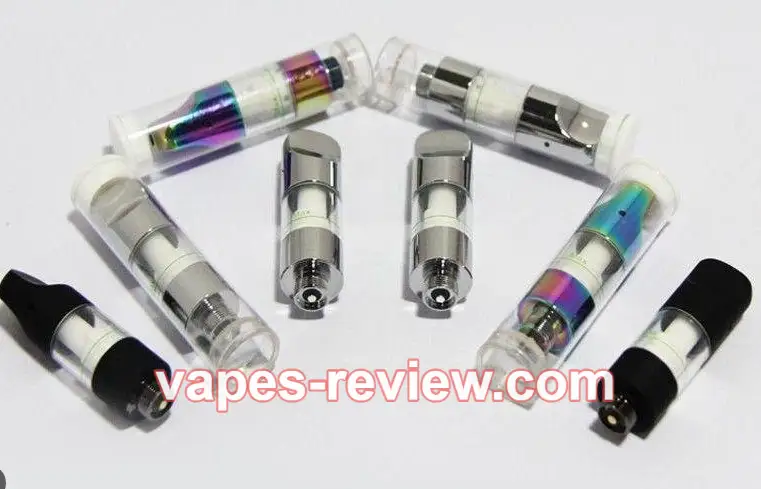The vape industry has undergone remarkable transformations over the past decade, driven by advancements in technology, materials science, and shifting consumer demands. At the heart of this evolution lies the quest for safer, more durable, and user-friendly designs. One critical aspect of this journey is the selection of materials for key components like mouthpieces, heating bases, and vapor tubes. Among the breakthroughs in this space, advanced engineering plastics like Wintone Z63 have emerged as game-changers, offering solutions to longstanding challenges in vape manufacturing.

The Role of Advanced Materials in Vape Design
Traditional materials like PCTG and POM have long been used in vape components, but their limitations—such as susceptibility to chemical corrosion, brittleness during assembly, and surface wear—have prompted manufacturers to seek alternatives. Wintone Z63, a high-performance engineering plastic, addresses these issues with a unique combination of properties:
- Superior Chemical Resistance
Z63 excels in resisting degradation from vape liquids, cannabis oils, and acetic acid, making it ideal for components exposed to harsh chemicals. - Durability Against Stress
Unlike brittle materials, Z63’s toughness prevents cracking during assembly processes like press-fit installations or screw-fastening, reducing production waste. - Premium Surface Finish and Comfort
For mouthpieces, Z63 delivers a smooth texture and ergonomic “bite feel,” enhancing user experience while maintaining long-term wear resistance. - Enhanced Molding Efficiency
Its high flowability allows for multi-cavity injection molding, streamlining production for high-volume orders.
These qualities position Z63 as a versatile solution for vape brands aiming to improve product reliability and aesthetics. To learn more about material innovations in vaping, explore our guide on choosing the right components for your vape.
The Rise of Disposable and Pod Systems

The vape industry’s trajectory shifted dramatically with the introduction of disposable and refillable pod systems. These devices prioritized convenience, mimicking the ritual of traditional smoking while offering a wide range of flavors. Brands like Juul, MOTI, and RELX capitalized on this trend, leveraging sleek designs and nicotine salt formulations to attract casual users.
By 2019, the “vape boom” saw tech entrepreneurs and celebrities entering the fray. However, the industry’s rapid growth also exposed challenges: inconsistent quality, counterfeit products, and looming regulatory risks. For an in-depth look at today’s top devices, check out our review of best-selling pod vapes.
Regulatory Crossroads and Industry Adaptation
Globally, the vape industry faces a pivotal moment. In the United States, the FDA has implemented strict regulations on flavors and marketing, particularly targeting products that appeal to youth. These measures aim to balance harm reduction for adult smokers with the need to prevent underage use.

Despite these challenges, innovation continues. Brands are investing in leak-resistant designs, temperature control, and sustainable materials. Meanwhile, companies like Wintone are redefining material standards—not only with Z63 for vape parts but also with Z33, a noise-reducing polymer used in motorized components like electric curtain gears. This cross-industry collaboration highlights the vape sector’s role in advancing material science.
The Future: Balancing Growth and Responsibility

As the industry matures, transparency and quality control will separate enduring brands from short-lived ventures. Manufacturers must prioritize safety testing, ethical marketing (especially regarding youth access), and environmental stewardship. For consumers, the focus remains on finding devices that deliver consistent performance, rich flavors, and portability.
From the early days of customizable mods to today’s sleek pod systems, the vape industry exemplifies innovation’s double-edged sword—a tool for harm reduction tangled in regulatory and ethical debates. As materials like Z63 push the boundaries of durability and user experience, the next chapter will hinge on balancing commercial ambition with public health stewardship.


